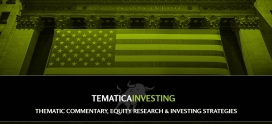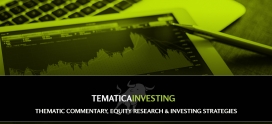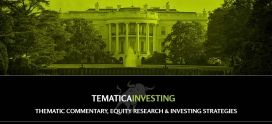|
As we’ve cautioned, the rash of recent stimulative measures by the Chinese central bankers would have little impact in the short-term and that’s exactly what was realized Tuesday with the dismal China PMI reading for August. Per the report – “Chinese manufacturers saw the quickest deterioration in operating conditions for over six years in August, according to latest business survey data. Total new orders and new export business both declined at sharper rates than in July, and contributed to the most marked contraction of output since November 2011.”

Mark our words; this unexpectedly worse situation is going to ripple through economic and earnings expectations.
Compounding it, new orders as well as new export orders continued to fall in the US according to Tuesday’s August PMI, providing more confirmation for what the declining weekly railcar loadings and weak regional Fed reports in recent weeks have told us. Those domestic findings were echoed by a weaker than expected August ISM manufacturing report, again published this morning, that showed declines almost across the board with greater drops in new orders. Despite what the talking heads in Washington would say, there is little doubt the US economy is slowing.

The one bright spot in the data this morning was the Eurozone, which continued to expand on the back of improving conditions in Germany, Italy, Spain and other countries. I’ve shared that the weak euro is benefiting net export demand in the region and that continues to happen. Tempering our enthusiasm, however, we need to be mindful that a contracting China is apt to weigh on the activity in the Eurozone. As we learned overnight, Australia’s economy expanded last quarter at half the forecasted pace as a slowdown in key trading partner China weighed on exports. Given the importance of China as a trading partner for the Eurozone and to the US, the ripple effect on those two economies will soon be felt.With that in mind, let us share two observations.
- Despite all the would-be euphoria over the stronger-than-forecasted upward revision to 2Q 2015 gross domestic product (GDP) that occurred last week, the data of late points to a greater fall should the Atlanta Fed’s GDPNow forecast of 1.2% for the current quarter prove to be correct.
- Although we had a few very good days in the market, the return of volatility this week on the contracting China news (which wasn’t really all that unexpected given the monetary policy goosing of late) and weakening trajectory of the US economy, should serve as a reminder that rarely do the causes behind such sharp moves lower dissipate so quickly. That means we should expect forecasts for global growth and earnings to be revised as we exit the summer.
In addition to all that unnerving PMI data, this week bring the last set of employment data before the Fed’s next FOMC meeting set for September 16-17. Despite the reported 5.3% unemployment rate from the Bureau of Labor Statistics (BLS), which we see as solid as Swiss cheese, other metrics (payroll to population, labor force participation rate) and the low quality of jobs being created suggest all is not right with the BLS’s findings. That’s why we go one step deeper and look at the employment data found inside the ISM reports, regional Fed PMI reports and other third parties like Gallup.  Buried inside yesterday’s ISM report we learned the employment component once again slowed in August. While ADP’s August Employment Report found an uptick in hiring during August, we’d note the number of jobs created remained below the 200K line and the expected China shakeout and increasing global economic uncertainty is once again like to hit the pause button on hiring and other capital spending plans near-term. As we always say, be sure to look under the hood of the August Employment Report on Friday to get a more accurate read on what it means for the changing economic and demographic landscape here in the US.
|
|







